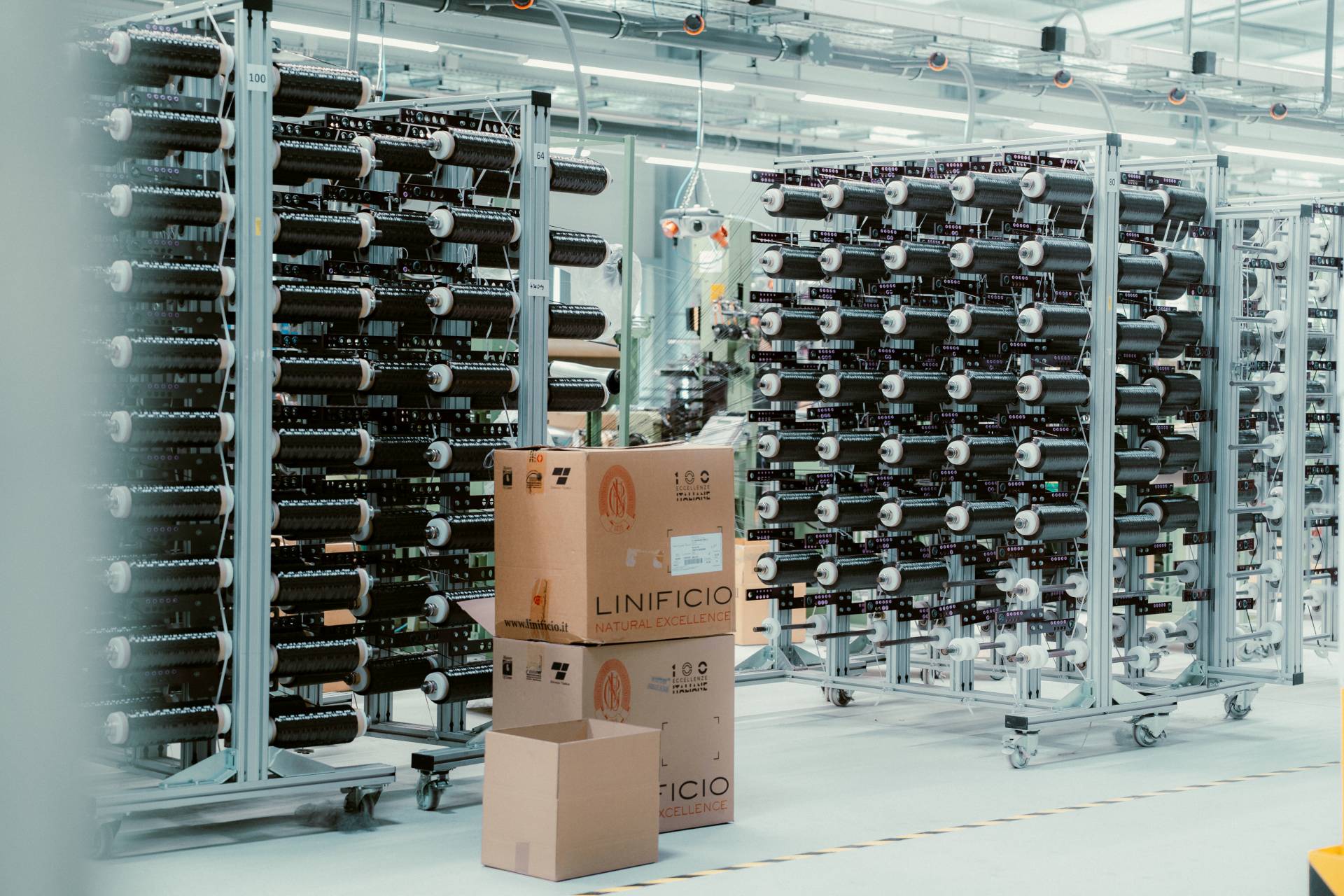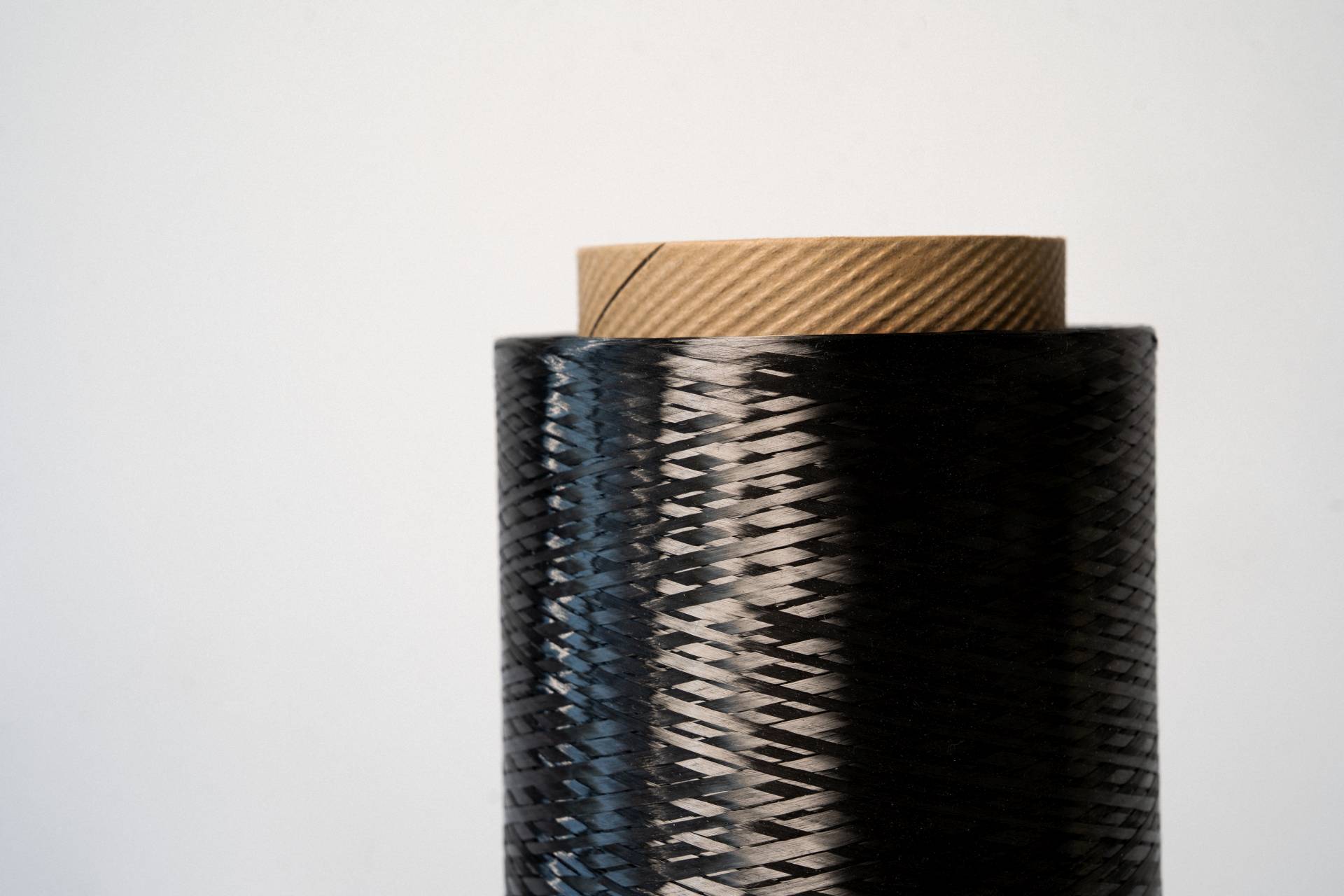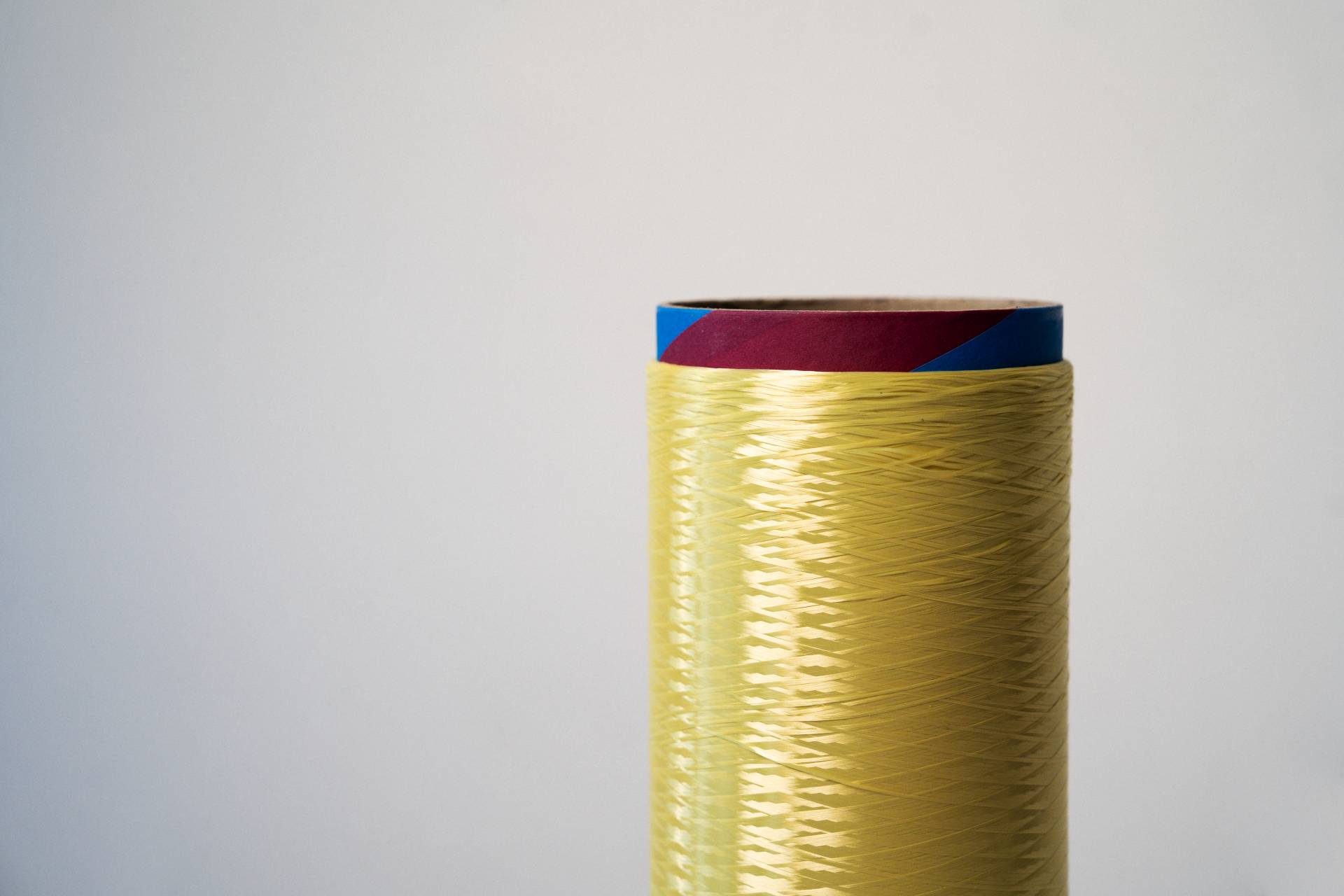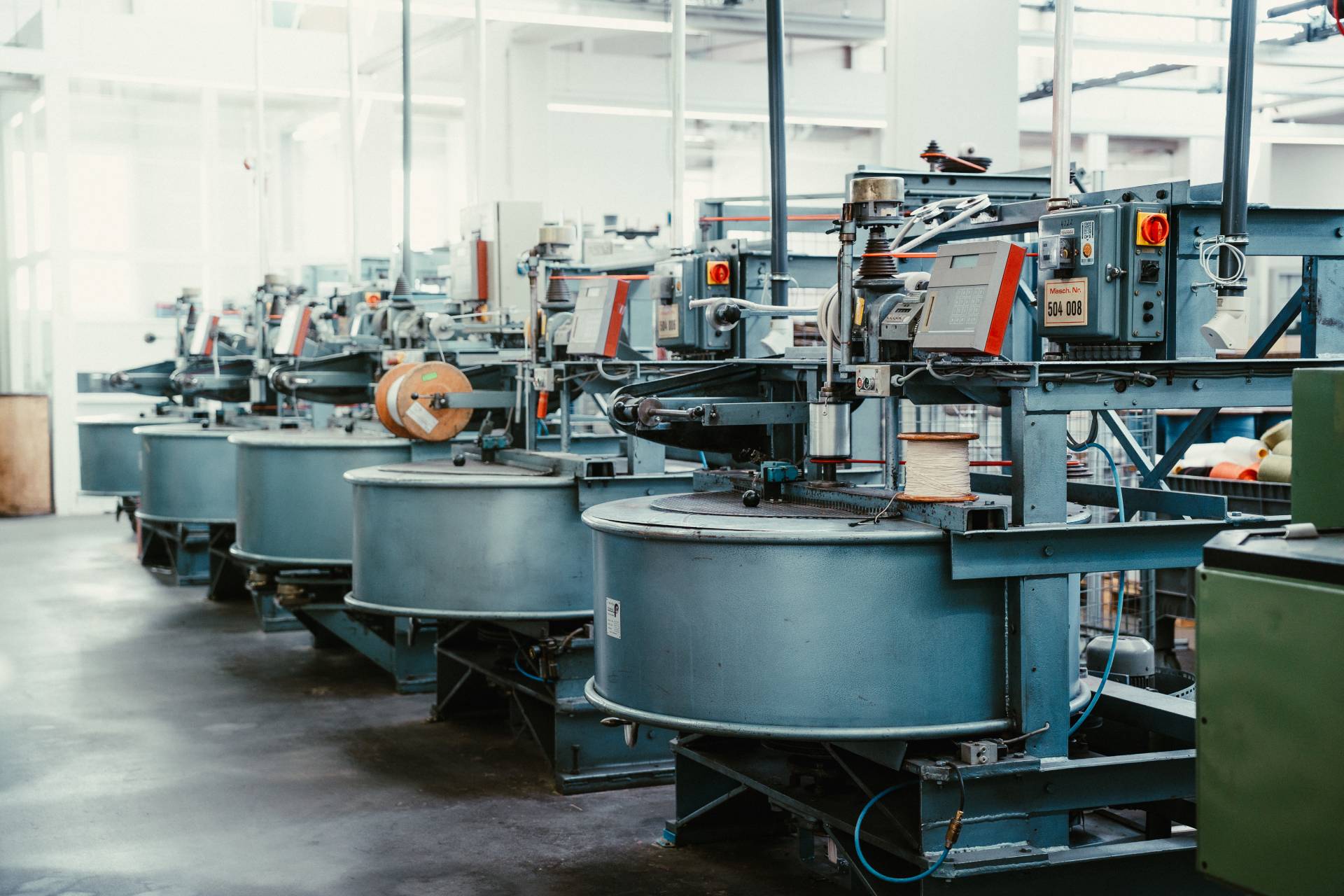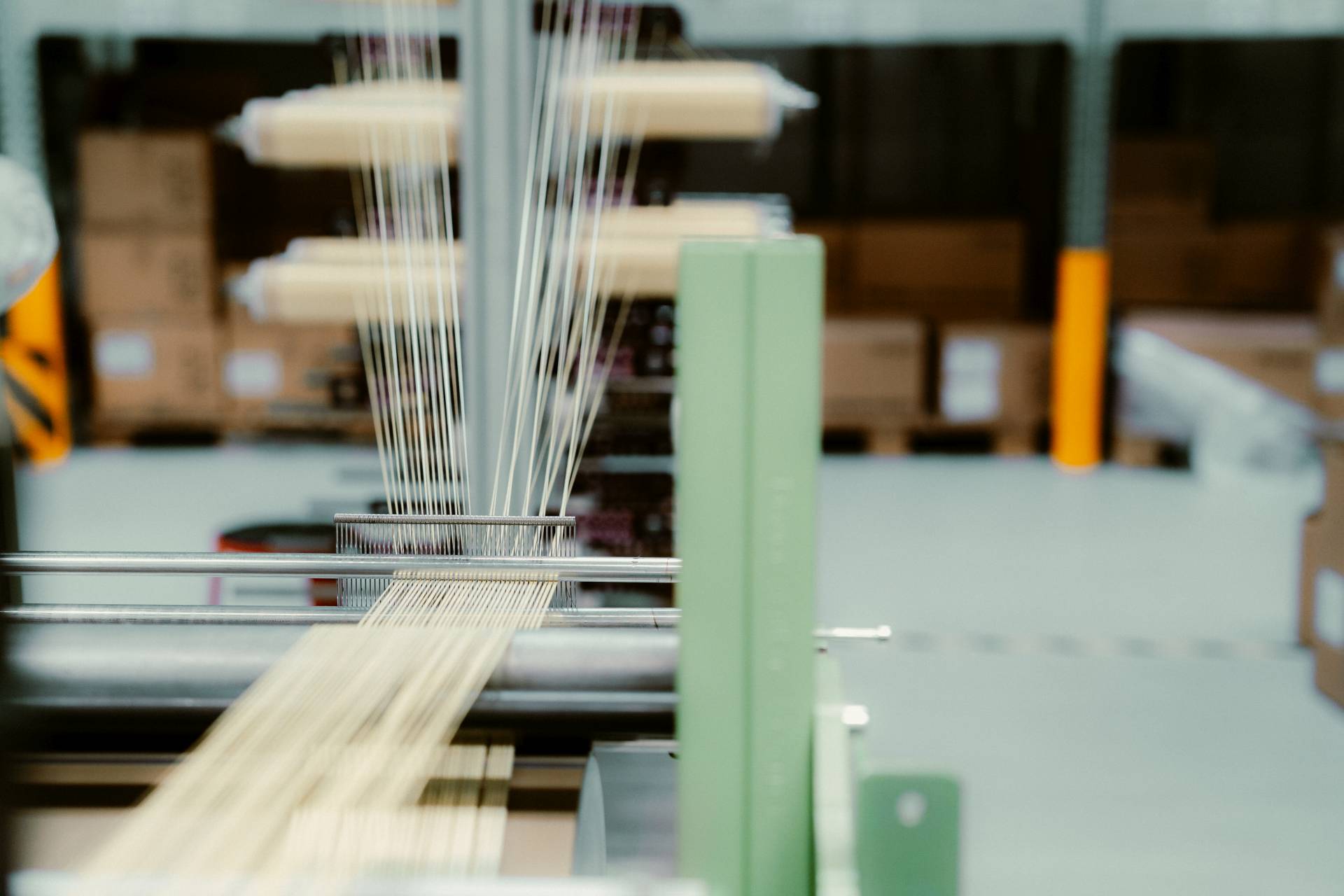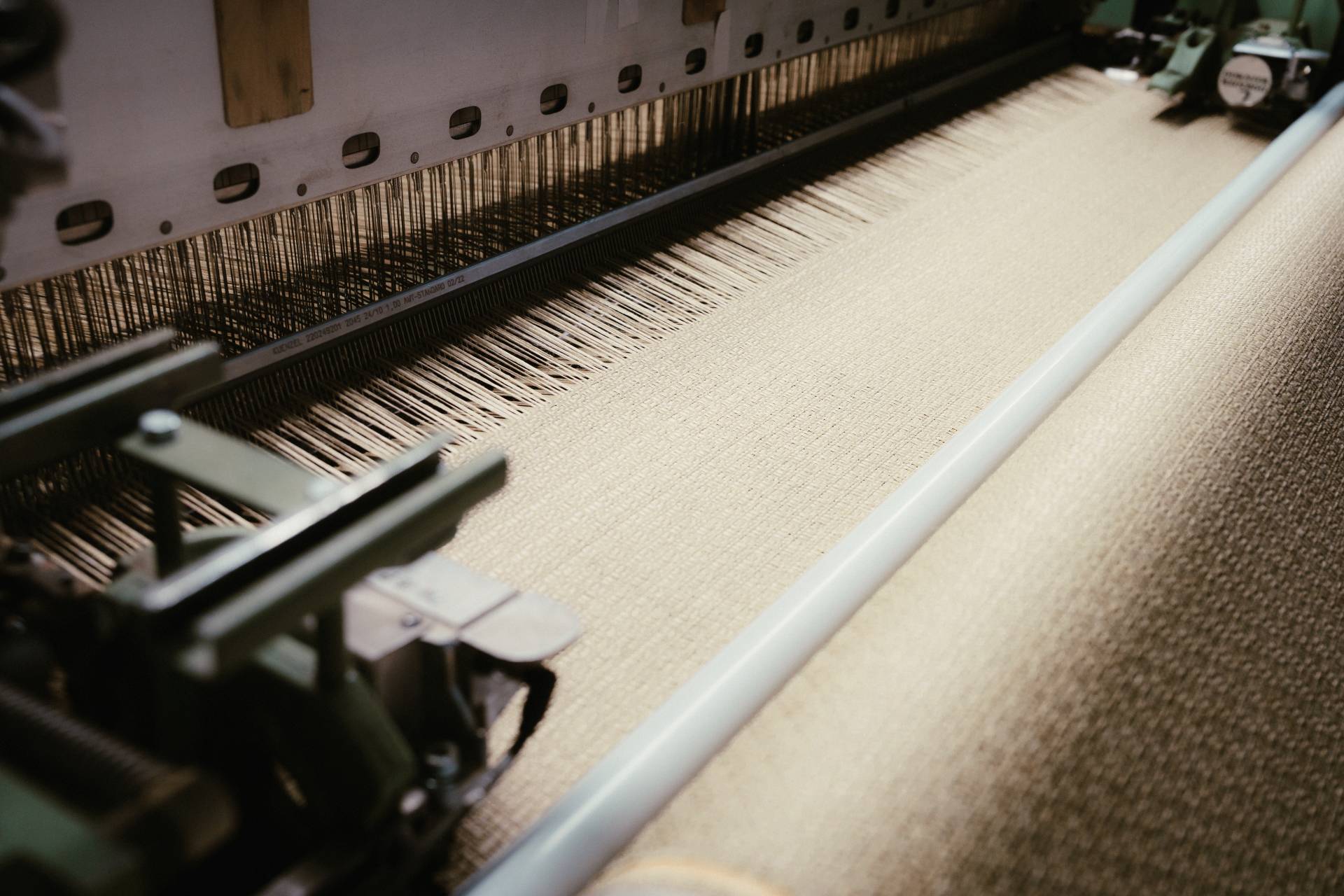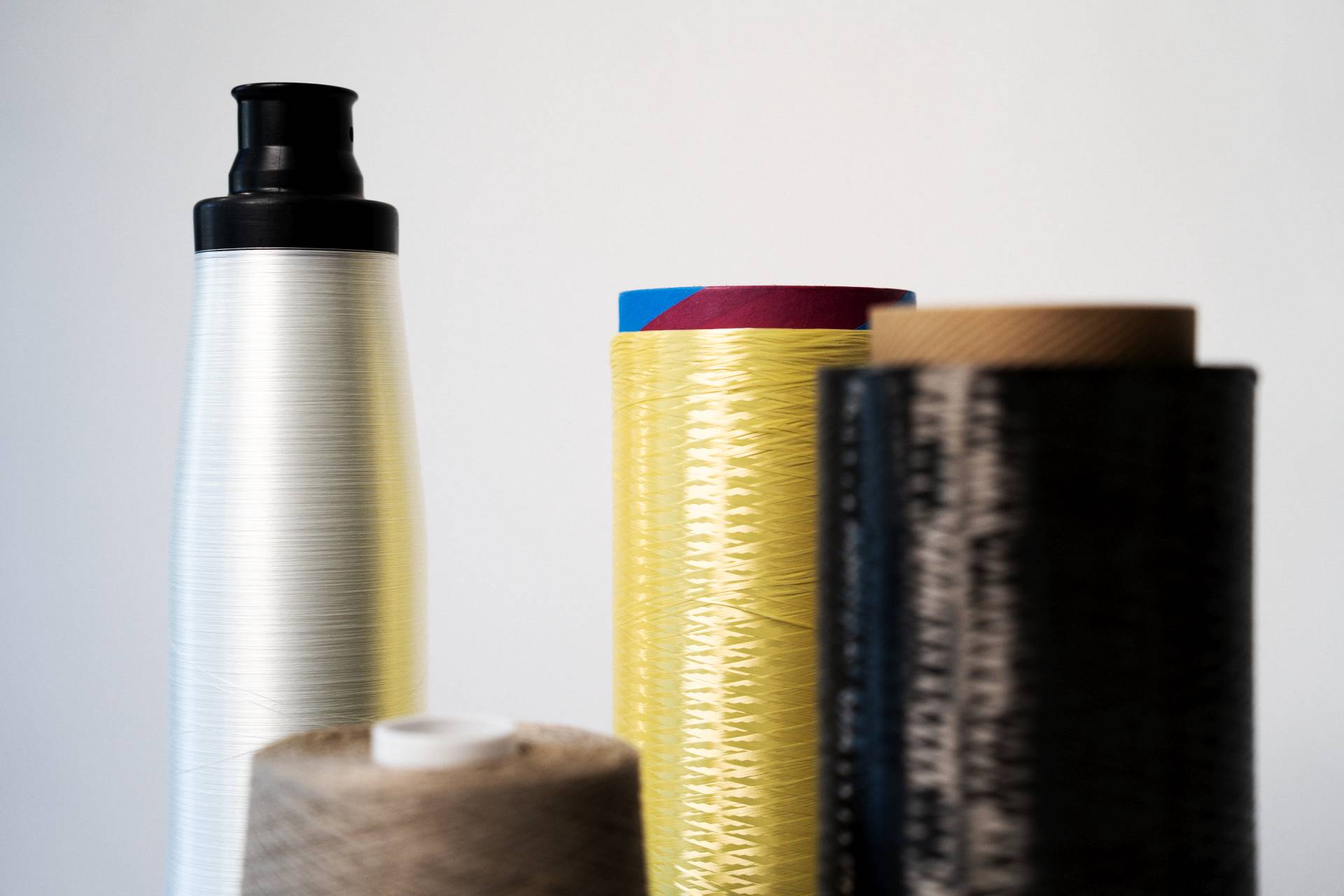
// Services
Technical textiles -
Tailored to your application.
Our production processes and the wide range of technologys enable us to tailor textile solutions precisely to specific requirements We support you in selecting suitable materials as well as in developing and manufacturing functional surface structures.
Processes such as ribbon and broad weaving, circular weaving, knitting, braiding, cord twisting, rewinding and cleaning are used. The Combination more diverse technologys enables the implementation of complex geometries and application-specific 2D and 3D preforms.
Through optimised textile constructions and tailored to the intended use Material selection we reduce waste and increase resource efficiency.
// Learn more
Our manufacturing technologies
at a glance
Wide weaving & narrow weaving
Crossing the warp and weft threads creates fabrics with high dimensional stability. In the wide weaving we manufacture flat single or multi-layer fabrics, grid structures and twisted fabrics up to a width of 300 cm. The ribbon weaving enables the production of narrow tapes and tubes ranging from a few millimetres to 350 mm. Among other things, the proven shuttle weaving technique is used.
Advantages:
- Wide variety of fiber materials
- High structural density and flatness
- Material usage tailored to demand
- Flexibility in width and fabric structure
Circular weaving
Our circular knitting machines allow variable weft yarn guidance in radial structures. This creates textile surfaces with continuous fiber orientation optimized for load-bearing applications.
Advantages:
- Material-efficient production without waste
- Geometrically adapted fiber orientation
- Freely configurable radii
- Closed edges without fraying
- Especially suitable for rotating components
Crochet Galon (Warp Knitting)
While working in warp knitting, loops are connected by additional auxiliary yarns. This technology is particularly suitable for producing nonwovens from reinforcement fibers such as carbon, glass, or aramid. Our special warp knitting process called crochet galon also serves as a cost-effective alternative to technical embroidery. By using crochet threads in the Z-direction, material combinations and applications can be applied to various base structures, such as nonwoven fabrics or films.
Advantages:
- Flexible arrangement of yarn layers
- Low material waste
- Combination of different textile structures and materials
- Potential to reduce process costs compared to embroidery
Braiding
While Braiding at least three thread systems are crossed to produce flat or tubular structures. Profiles with complex cross-sections of up to 35 mm can also be processed. Axial standing threads provide additional stability.
Advantages:
- Uniform appearance
- Adjustable yarn angles and diameters
- Production of flat or volume-forming structures
Twisting
The Twisting involves twisting rovings or wrapping them with auxiliary yarns. The resulting cords are used, for example, as corner reinforcements or as functional cores.
Advantages:
- Adaptation to complex geometries
- Customizable dimensions
- Integration into existing textile structures
- Cost-effective alternative to braided cords
// Learn more
Material selection
For our technical textiles, we use a broad spectrum fibre materials. These include high-performance fibers such as glass, carbon, aramid, polyamide, Dyneema, Cordura and polyester, as well as Naturfasern such as flax or hemp. Depending on requirements, the structures are woven, knitted, braided or twisted.
Our solutions are applied across various industries, including aerospace, automotive, wind energy, sports, maritime, and safety and protective equipment. Thanks to flexible manufacturing processes, material properties and structures can be precisely tailored to the specific application.
